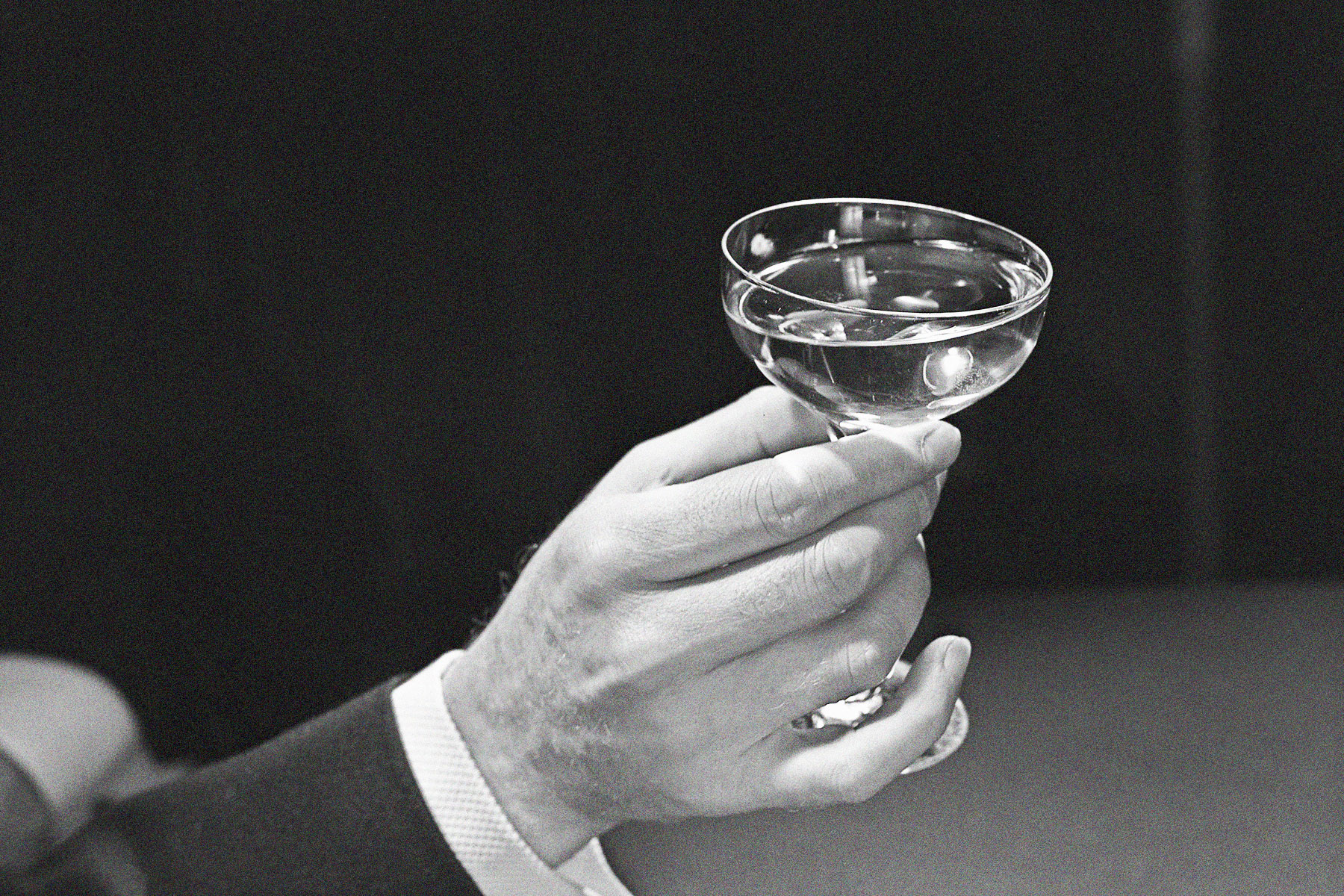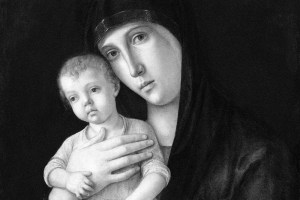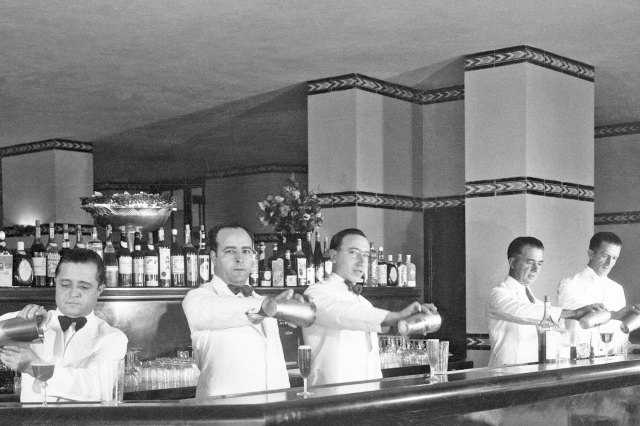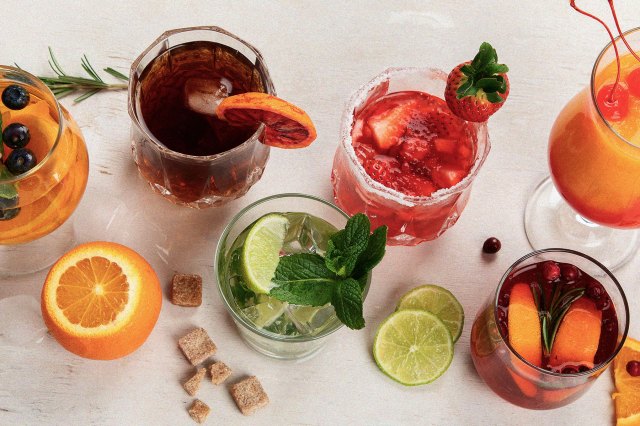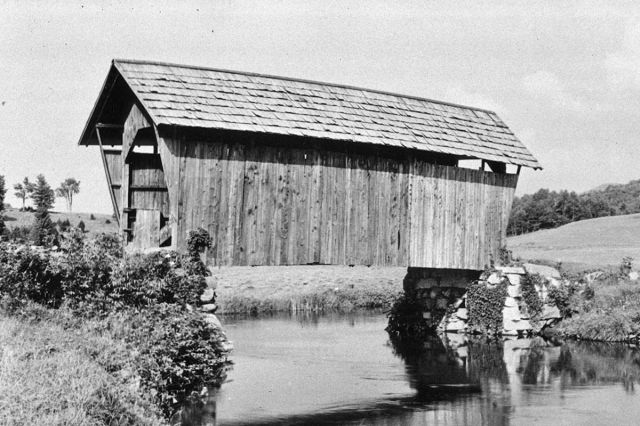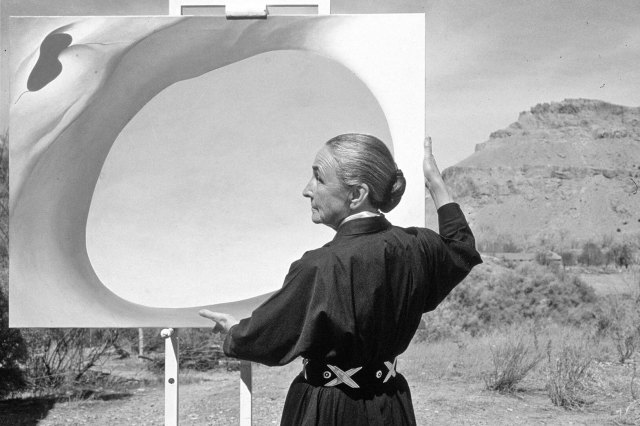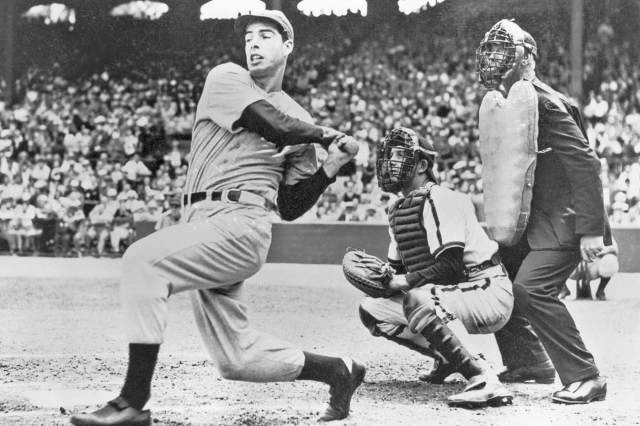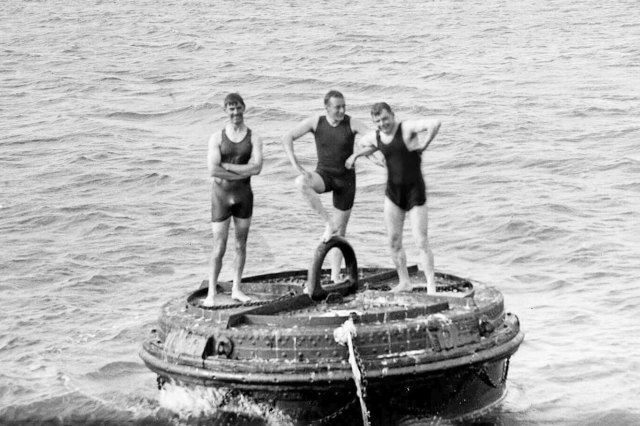A Brief and Intoxicating History of the Cocktail
A cocktail is an alcoholic drink that combines one or more spirits with other ingredients, such as bitters, juices, syrups, or tonic water. Depending on the ingredients, the flavor profile of a cocktail can be sweet, sour, bitter, spicy, or even salty. There is a mind-boggling array of ingredient combinations and names, and the libations can be served over ice, at room temperature, or on fire. Concocting one can be as simple as blending gin and tonic water over ice and adding a wedge of lime, or it can be a splashier, more involved affair, such as the Long Island iced tea.
The creation of the cocktail was inspired by punches that combined spirits, fruit juices, and spices in large bowls. Historians suspect these punches originated in the early 17th century with British sailors, who would use local ingredients from India or Indonesia to create their own alcoholic beverages. While beer would spoil during a long voyage, the addition of sugar and citrus to spirits would help preserve the punch.
In a world once dominated by beer and wine, these diverse and flavorful punches were a novelty, and the trend took off. Mixed drinks began as a way to serve a crowd of sailors or aristocrats, and evolved into individual concoctions that played with different combinations of ingredients. Today, the cocktail’s nearly infinite varieties make it the chameleon of alcoholic beverages, limited only by imagination and the ingredients on hand. The art and science of drink-making continues to be driven by innovative mixologists who create new recipes and put their personal stamp on traditional drinks that date back centuries.
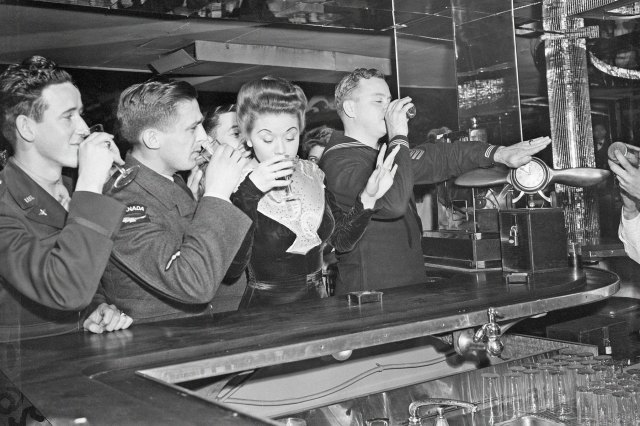
What Makes a Cocktail a Cocktail?
The word “cocktail” was first used to describe a mixed drink in 1803. It appeared in a U.S. newspaper called The Farmer’s Cabinet, though the article didn’t include a definition of what constituted such a drink. The earliest definition of “cock tail” appeared in the May 13, 1806 issue of The Balance and Columbian Repository, which offered this description: “a stimulating liquor, composed of spirits of any kind, sugar, water, and bitters.” The term gradually came to reference any kind of alcoholic mixed drink, and sometimes the word “cocktail” included a modifier — for example, “gin cocktail” — to specify a drink’s primary ingredient. That said, the mixing of ingredients traditionally associated with a cocktail predates the use of the word. In the 18th century, drinks combining a spirit, sweetener, water, and bitters were known to be imbibed, and bitters were often sipped for medicinal purposes.
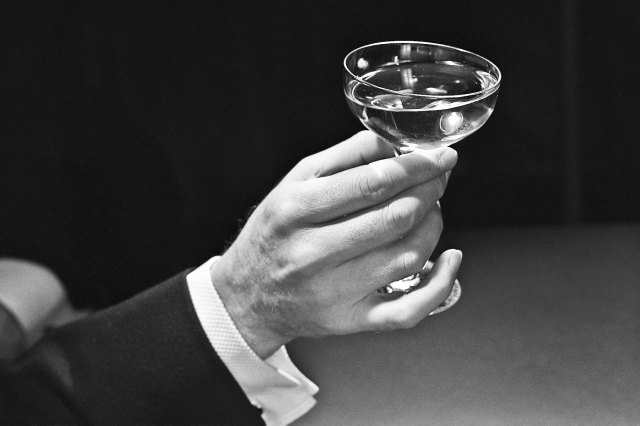
Let’s Talk About That Name, Though
The origin of the word “cocktail” is as muddled as a mojito. One possible explanation links the word for a mixed drink to a British reference about “cock-tailed” horses — that is, a horse whose tail has been docked or clipped to signify it was of mixed breed. Other theories include a mispronunciation of the French word for egg cup, “coquetier,” which was used as a drinking vessel by the New Orleans apothecary who created the famous Peychaud’s bitters. Some say the name comes from mixing the dregs of spirit barrels, known as “tailings,” and selling them at a low price. Yet another theory posits the name came from a horse breeder’s practice of inserting spices, specifically ginger, into the rear end of a horse in order to make the animal appear more energetic. However it came about, a cocktail by any other name would still taste delicious.





